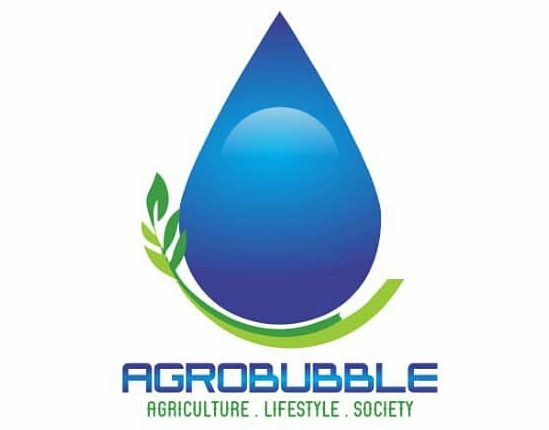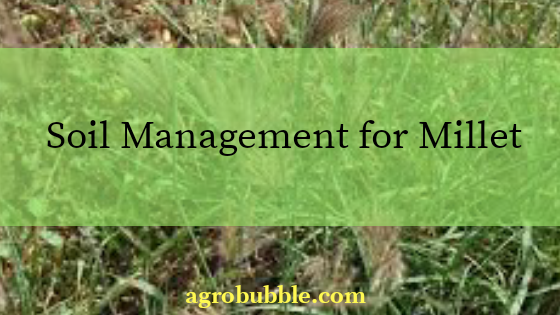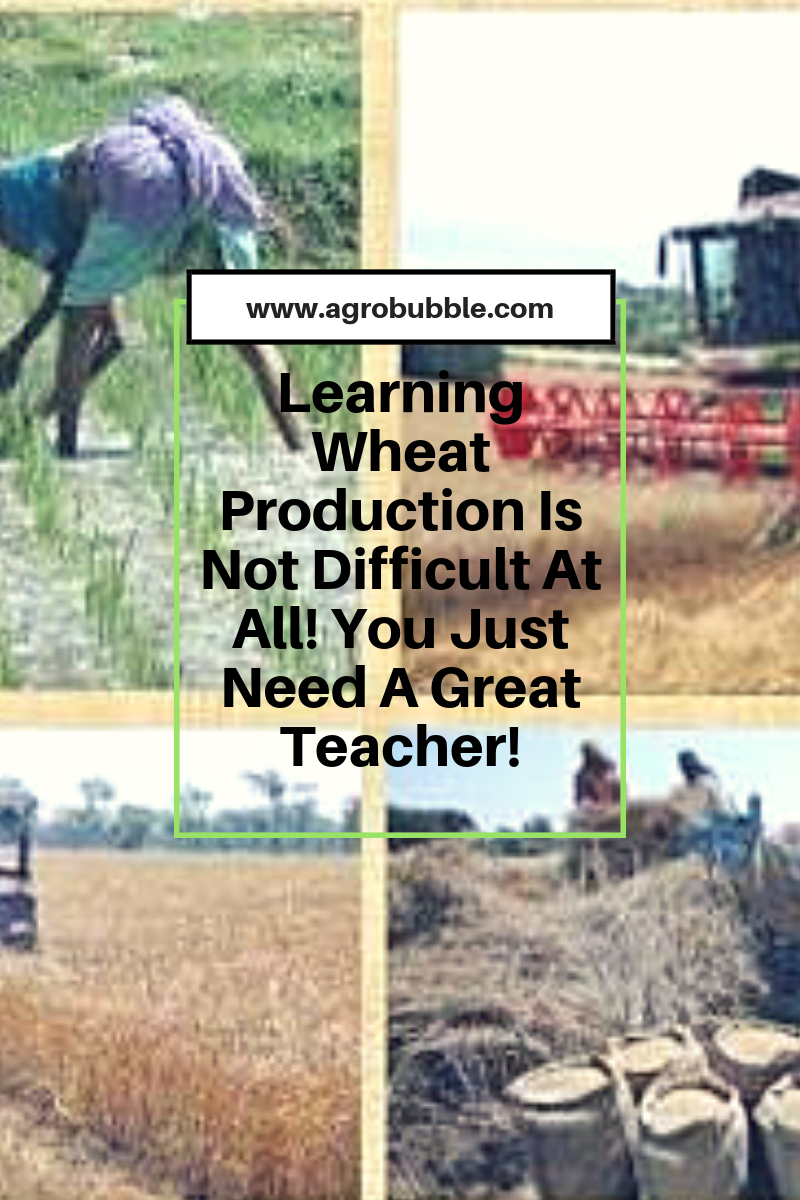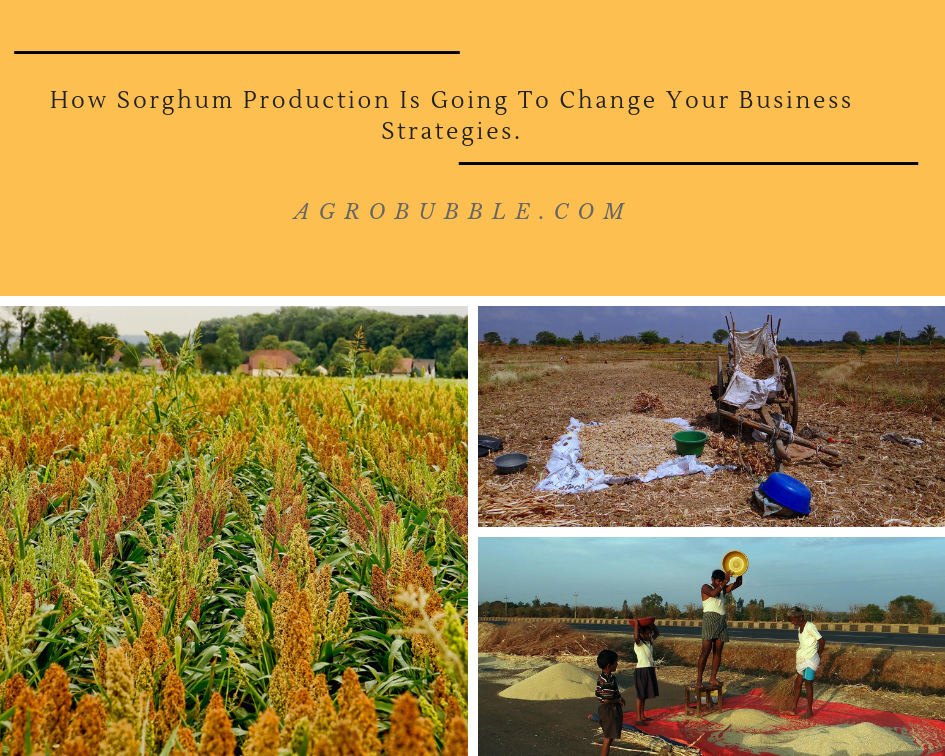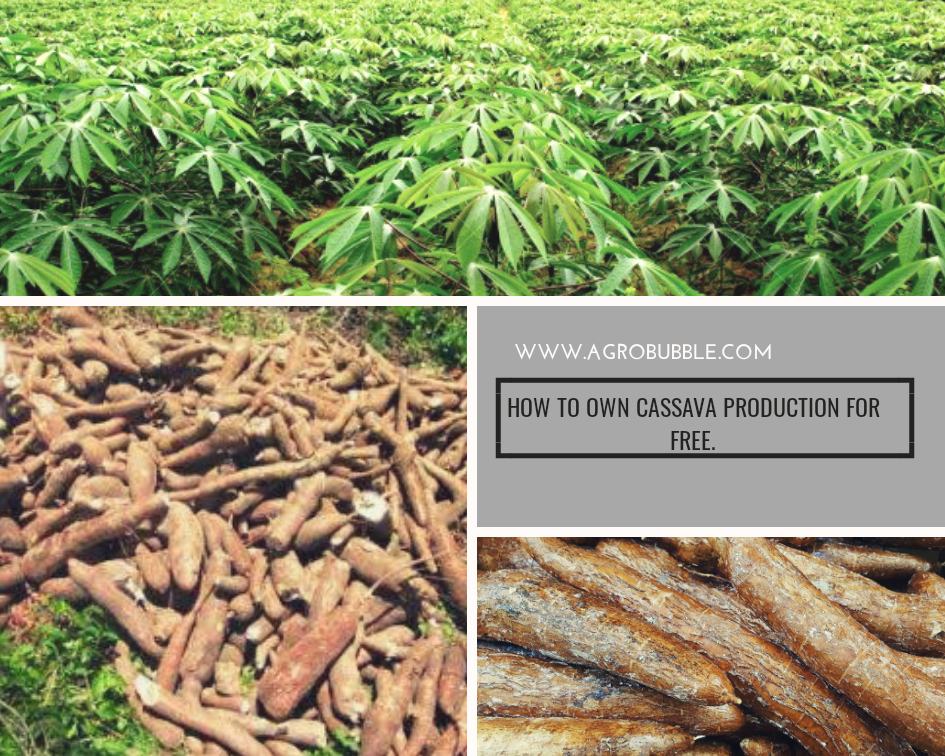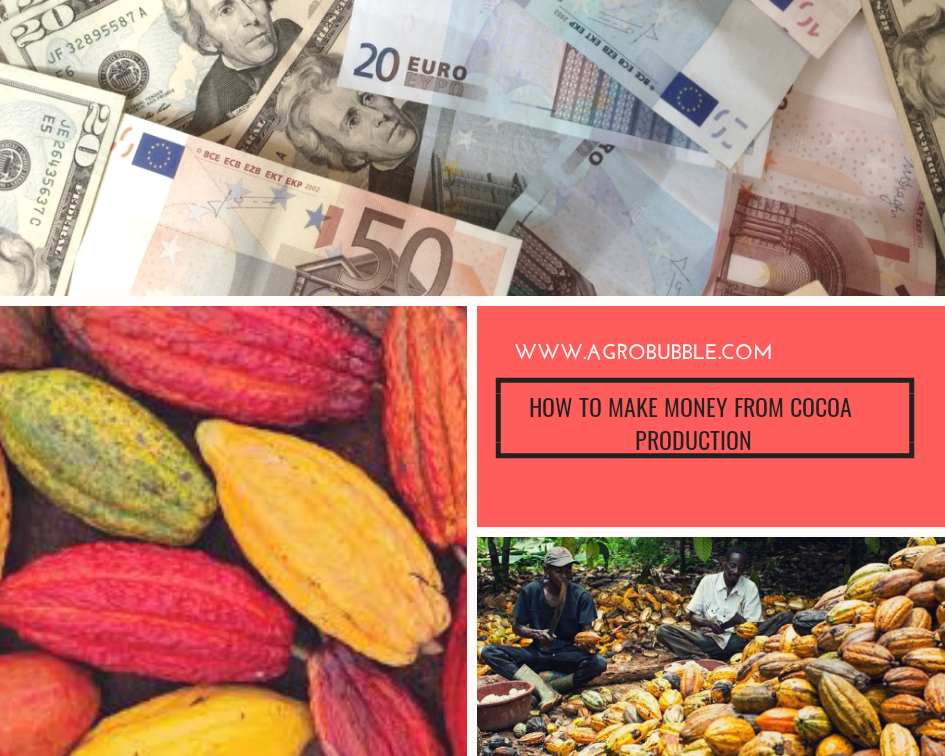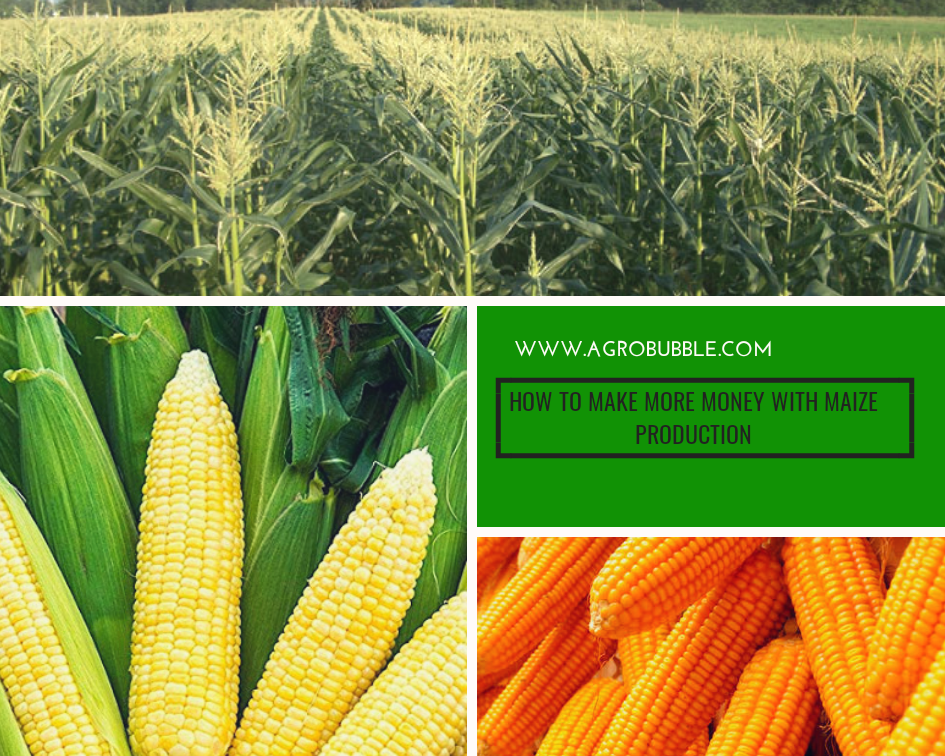Agro Pursuit
Steps Needed For Putting Tomato Production Into Action
In a few minutes, we will be treating tomato production. We have been handling some topics in the past few days on crop production which is very resourceful and will be of value to upcoming farmers and even existing farmers as well. We always take our time to figure out and put together quality posts […]
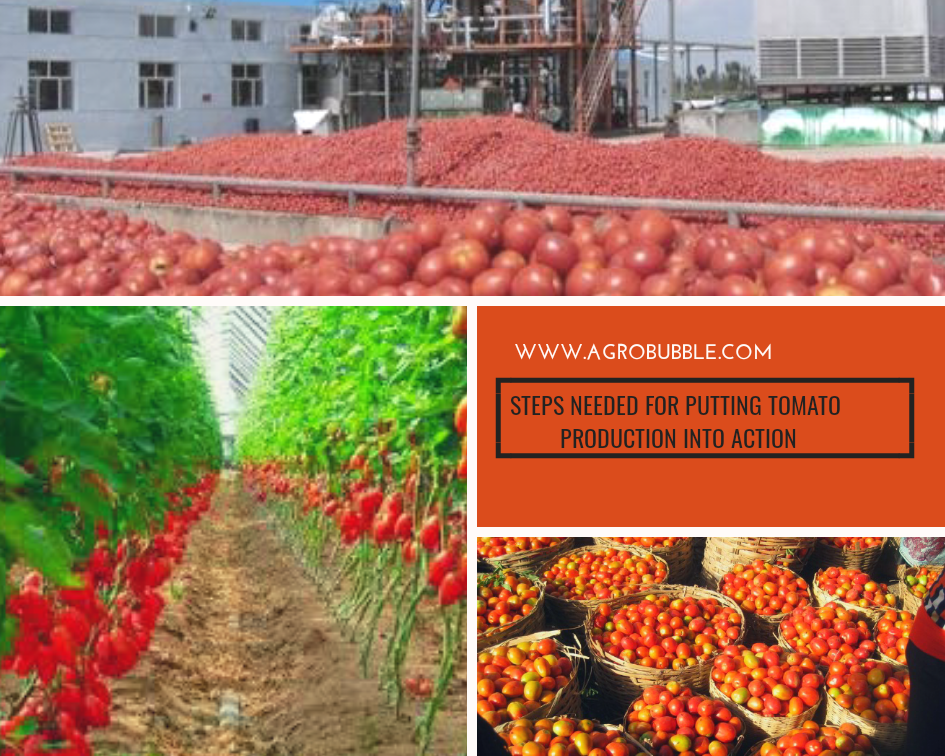
In a few minutes, we will be treating tomato production. We have been handling some topics in the past few days on crop production which is very resourceful and will be of value to upcoming farmers and even existing farmers as well. We always take our time to figure out and put together quality posts on this blog, so as to give satisfaction to our readers.
Read Also: Wheat Production: Learning Wheat Production Is Not Difficult At All! You Just Need A Great Teacher!
Today, we will be talking more about tomato production. We advise you to read and take note of details on this post. It’s a do it yourself article we hope you will appreciate.
So without wasting much time, we will take you to the various steps involved in “Tomato Production”. Take a deep breath, focus, and enjoy your reading!!!
TOMATO PRODUCTION
Tomatoes originated from South America, most especially in Peru, Bolivia, and Ecuador. Christopher Columbus and other explorers brought tomatoes to Europe, Asia, Middle East and Africa.
Tomato is in fact, one of the most important cooking ingredients in the world. Hope you can agree with me that 90% of our dishes are never complete without tomato sauce?
SITE SELECTION FOR TOMATO PRODUCTION
This aspect should never be overlooked if you want good yield at the end of your cultivation:-
Ensure you select fertile land with well drained clay, loam to sandy soils as well as good infiltration rate.
Adequate water source is required for dry season production take note.
Tomatoes are also sensitive to cool night temperatures (below 55°F).
The best temperature range for the growing season is between 60 and 90°F.
Temperature above 90°F or below 55°F will slow the growth, pollination of the crop. So study this and avoid whatever that will give you problems.
LAND PREPARATION
Always clear land and till the soil before construction of basin or ridges.
At land preparation, apply 5-10 tones FYM per hectare and incorporate into the soil at land preparation.
NURSERY PRACTICES FOR TOMATO PRODUCTION
Seed bed preparation:
Select a well drained fertile soil and near to a very good source of irrigation water.
Prepare raised bed during wet season and sunken during dry season.
The land should be cleared and keep the soil loose for a good seed bed.
The seed bed should be wide and as long as possible.
Incorporate farm yard manure plus 20-25 grams (One match box full) of N.P.K. 15:15:15 per square meter.
VARIETIES AND SEED SELECTION
.Roma VF
.UC82B
.Ronita VFN.
SOWING DATES, TIME AND METHODS
Nursery practice:
Sowing the seeds along drills of 10-15cm apart and cover the seed lightly with soil and apply mulch (it is important to dress seeds with Apron Star)
Seed rate:
350 grams per hectare
Water lightly and regularly
Keep the seedbed free from weed
Seedlings are ready for transplanting at between 3 and 4 weeks in the nursery.
TRANSPLANTING TO PERMANENT SITE
Pre- irrigate the permanent site about an hour before transplanting.
Transplanting should be done in the evening or early morning.
Tomatoes should be transplanted on bed or ridges. Ridge spacing at 75cm ×45cm and basin spacing is 60cm × 45cm or 50cm.
SOIL MANAGEMENT
Tomatoes prefer well fertile drained soil rich with organic matter, so organic manure should be incorporated to improve soil structure.
Use mulching materials to cover the soil to reduce evapo-transpiration.
INTEGRATED SOIL FERTILITY MANAGEMENT
Apply 300kg to 350kg NPK 15:15:15 plus 2 bags of Urea per hectare at 3 and 6 weeks after transplanting.
Apply 10cm further away from the plant base 3-5 cm deep into the soil and cover properly.
Organic Manure:- Apply 5-10 tones FYM per hectare and incorporate into the soil at land preparation.
WATER MANAGEMENT
Irrigation
Tomatoes require a constant supply of moisture during the growing season.
However, excess water at any time during growth, especially after fruit set, may increase the fruit’s susceptibility to cracking (both radial and concentric), which can reduce fruit quality and yield.
Moisture stress in tomatoes causes shedding of flowers and young fruit, sun scalding and dry rot of fruit.
The most critical stages for watering are transplanting, flowering and fruit development.
The most common irrigation practice in Nigeria is the surface irrigation by gravity using water from reservoirs through constructed channels of River Basin Development Authorities. Others are water from shallow wells, rivers, ponds or dams supplied by motorized pumps.
Drip and Sprinkler irrigation systems are gradually being practiced by few farmers in Nigeria.
WEED MANAGEMENT
Control weed effectively so that you will get quick progress. Try doing the following:
Two to three hand/hoe weeding at 3-6 and 9 weeks after transplanting.
You can also use herbicides Butaclorat 4 Litres/ha after transplanting.
SAFETY USE AND HANDLING OF PESTICIDES FOR TOMATO PRODUCTION
Always spray safely by carrying out the following Rules below:
Always wear appropriate protective clothing.
Try to spray in the cool of the day (early morning or late afternoon).
Never leave pesticides and equipment unattended.
Never leave pesticides containers open.
Do not spray when in strong wind.
Spray so that the wind blows pesticides away from you.
Walk at the right speed to ensure the correct rate of application.
Check the nozzles to ensure spray distribution is adequate.
Stop if nozzles are blocked.
Avoid contact with recently sprayed foliage.
Use well maintained spray equipment.
Never clean nozzles by blowing into them, as pesticides will enter your mouth.
Use something soft, like a grass stem, not wire which damages nozzles.
Never eat, drink or smoke when using pesticides.
Never touch your face or other bare skin with contaminated gloves.
Do not remove your protective clothing if you are too hot.
CROP MATURITY HARVESTING AND STORAGE TOMATOES
Harvest tomatoes when the fruits are mature and ripe. Fresh tomatoes are the number one crops in terms of farm gate value among all the vegetables grown.
See Also: Sorghum Production: This Is Going To Change Your Business Strategies
Tomatoes should only be harvested when they reach the mature- green stage. If tomatoes are harvested any earlier, the fruit will fail to ripe normally.
Since the mature-green state is difficult to judge externally, growers will often take representative samples of fruit from their fields and cut it open for internal examination.
A typical mature-green tomato will have a jelly-like matrix in all locules, and seeds will be sufficiently developed so as not to be cut when the fruit is sliced with a sharp knife.
Harvested tomatoes are then processed for consumption.
What is your own take on this post? Use the COMMENT section below to share.
